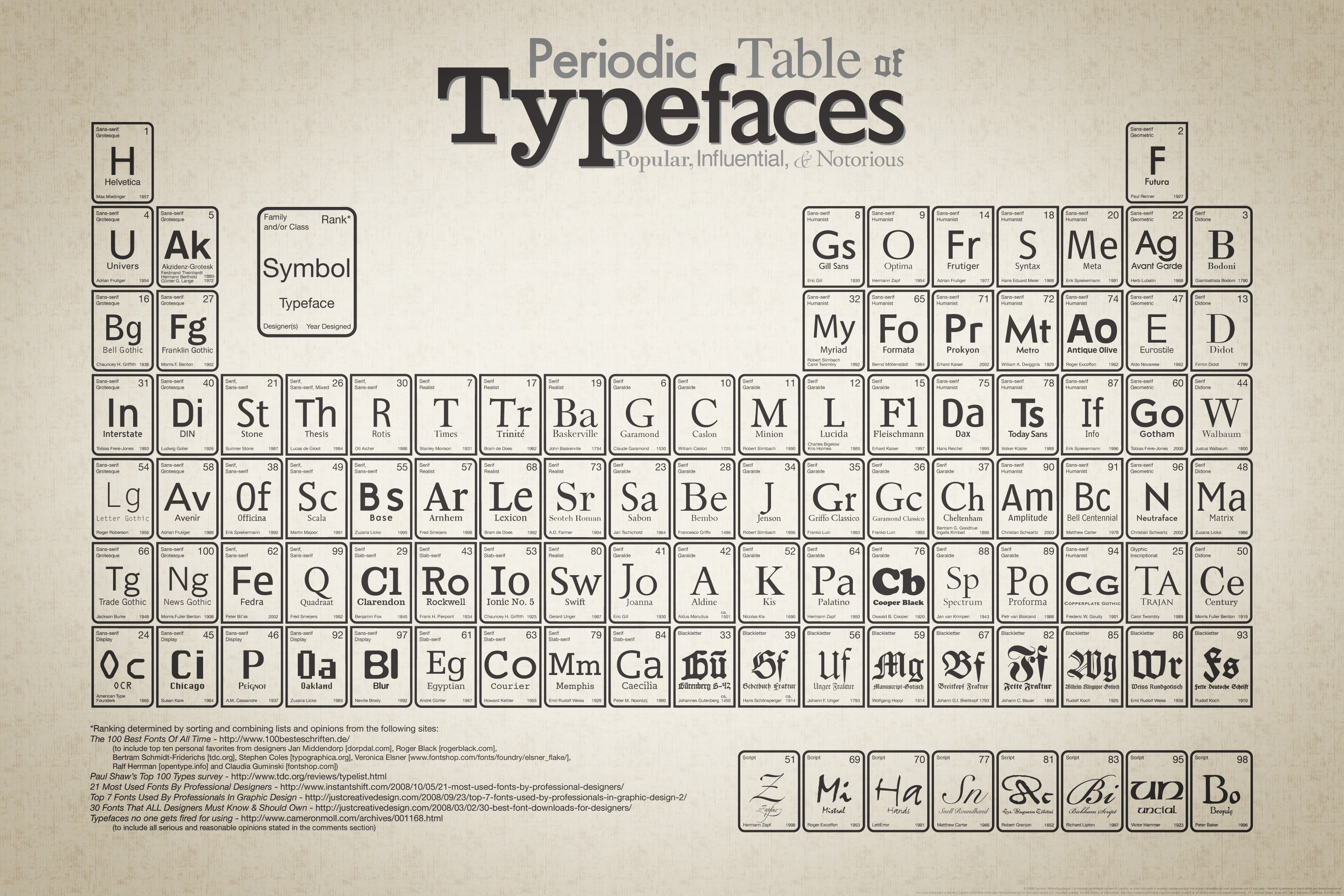‘Advertising doesn't sell things; all advertising does is change the way people think or feel' (Jeremy Bullmore). Evaluate this statement with reference to selected critical theories.
The society we live in today has become littered with advertisements all of which are trying to change who we are, advertisers say that it has become the most dominant medium of the 21st century. It shapes the way we view and measure ourselves personally against another or several others. We do not necessarily remember them all but we are still affected in some way by the adverts that are around us, and they have become a part of everyday life. Bullmore’s statement indicates that this bombardment of propaganda’s sole purpose is to alter the way we see ourselves and reevaluate what we believe our needs to be. It could be argued that advertising does sell as this manipulation of the way we feel about ourselves changes the way we think creating new desires that we take for being needs, and as we satisfy these needs we consume. There is much truth in Bullmore’s statement as advertising does change the way people think and feel. However it makes the statement seem somewhat contradictory, as the effect of advertising ‘changes’ the human wants and needs it in turn results in selling the product, service or upgrade to us, therein advertising on the surface does sell things.
‘Ways of seeing’ (1972 the British Broadcasting Corporation) presented by John Berger reveals to us a variety of ways in which we are manipulated by these adverts. He talks about the fact that as consumers we are made to feel that our lives will be enriched if we buy certain things, but the reality is that we will be left poorer as we have spent our money. Advertisers will even use these anxieties about money to enhance their proposition urging us to buy these life-changing commodities quickly. The whole purpose of advertising is to persuade people to buy into a product or service and as convincing an audience isn’t as simple as saying we’re the best buy us anymore we are subject to being told we aren’t good enough pushing us to question ourselves, all the while maintaining the freedom of choice to do something about it. This freedom is seen somewhat as a farce in Berger’s eyes as he states that ‘status is available to all but only enjoyed by the few’ meaning we can all access a higher status in society but its not always what its portrayed to be.
Berger’s focal point is that we live in a ‘consumer society’ and that ‘publicity persuades us into buying something more’ this ‘more’ is seen by the consumer society as an alternative world to the one we currently live in, either subtly or dramatically different to the commodities that already exist. Quite often we see people who have been transformed or enhanced by the thing being publicized and thus creates a feeling of envy towards the people we see. Berger says that ‘this state of being envied constitutes glamour, and publicity is a way of manufacturing glamour’. Glamour and envy come hand in hand for to be glamorous you have to be seen as someone who is better off than others. This could be in the form of a higher social status or public wealth or even sexual virility and beauty but in any means there has to be an atmosphere of superiority. This is essential to advertisers as they can manipulate the audience further by targeting their egos so that they see themselves as inferior making them feel left out or at a loss for not possessing something.
The aim of publicity is to increase the glamour and desirability of a product by making the audience envy the people in the advert. This can be made so by using people who already are recognized for their achievements or higher social class and wealth such as celebrities. Judith Williamson work (1978) touches on this idea in her book ‘Decoding Advertisements’ whish studies the semiotics of adverts, specifically the signified meaning that people can purport in relation to the product and how that changes the way we feel about ourselves in relation to the same product by comparison.
Judith Williamson (1978) investigated how people are measuring themselves and others by what they own or what they can afford, we are in a society that stereotypes and classifies each individual by dress sense, music taste and wealth, in other words what your are is what you own. In her book ‘Decoding Advertisements’ she looks at the semiotics in advertising and how they create and communicate meaning to the audience. Adverts generally give and overt message that speaks to the audience directly so it is easily identifiable; Williamson investigates the covert message explicitly behind the connection we make with the meaning of the product and the image or text in the advert.
Advertising has and still is playing a crucial part in the progression and change of society. As technology and products advance advertising must also advance and change. If adverts were to remain the same they would become outdated like most products would and they would lose their novelty and become boring overall losing impact. With new advertising come new needs and a change in values of the consumer. Adverts must remain one step ahead of everyone in order to make them feel left behind and shaping their desire to move forward. Advertisers change our needs to create another reason for us to purchase and product, they make us feel inadequate whilst maintaining the idea that we have a choice and control over what we’re buying into.
In many cases a product can become self perpetuated by the need of upgrading to the next model, for instance the IPod has several variations and with each new series of mp3 comes a new advert a variation of style and how it functions ultimately refreshing the novelty and cool factor that would have come with the previous model. Technology becomes smaller, has a bigger capacity and different colors creating the idea that your current IPod is outdated and no longer as desirable as fresh. We’re essentially buying into an aesthetic, a stylistic image that we want to purport to the fellow human to say I have the newest design therefore I am. People are made to believe they will be bettering themselves and enriching their way of life if they own this product, they believe that they are buying more than just an mp3, and in fact they are buying an image and status. Equally it could be argued that apple are no longer advancing the functionality of the IPod and they are indeed tapping into the self perpetuating flow that is the aesthetic of there products.

In relation to Berger and Williamson’s views of consumer society, commodity fetishism plays a part in many ad campaigns, for example perfume ads such as DKNY and Dior. This advert for the fragrance ‘Be Delicious’ by DKNY is using the glamour factor that the attractive and healthy looking models purport. The apple shape of the bottle furthers the idea of health, this reification is appeal to the audience making us feel as though not only will or scent be improved but our physical health will be far more bountiful. The consumer is lead to believe, when the see these two people being happy, that they will become happy too if they buy this particular brand when the reality of it is that we can never purchase the happiness we see in the advertisement.

The following advert for the fragrance J’adore by Dior makes use of two different advertising strategies. Although there is still the element of glamour here we can see that there is more of a sexual appeal to the audience, the woman in the advert looks confident and the name ‘J’adore” makes it sound as if she is adored by the masses because she uses this particular perfume although this is not specifically stated we will make this connection quietly from a general assumption. This advert is a classic example of advertisers using the idea that’s sex sells with the model trying to be seductive baring the majority of her flesh. Alongside this glorification of the female figure we get a sense of richness and class and we then feel when it comes to buying the perfume that we are in fact buying a small bit of this glamorous and classy lifestyle.

Adverts tend to strip away the emotions affiliated with people and objects and apply new meaning to the subjects of the publicity. Bullmore’s statement was merely doing the same by stripping down the purposes of advertising to focus on the basic effect that all good advertising and publicity should aim to achieve. By doing so we are able to identify what every advert is trying to do to its target audience and we can pinpoint the reasons why we are inclined to buying certain products. Overall advertising purpose is to sell but the way in which it sells is manifested in the manipulation of the consumer society and commodity culture we live in.
Bibliography
John Berger ‘Ways of Seeing’ episode 4 parts 1, 2, 3 and 4 the British Broadcasting Corporation and penguin books.
‘The Advertising Concept Book’ by Pete Barry.
‘The Practice of Advertising’ by Norman Hart.
‘The Advertising Handbook’ by Sean Brierley.
‘The Advertising Handbook’ by Helen Powell, Jonathan Hardy, Sarah Hawkin and Iain Macrury.
(These four books where mainly about the common traits and practices of advertising, talks mostly about producing good effect publicity)
‘Advertising and its Audience – a game of two halves’ Advertising Association 1998 Presidents Lecture Jeremy Bullmore.












